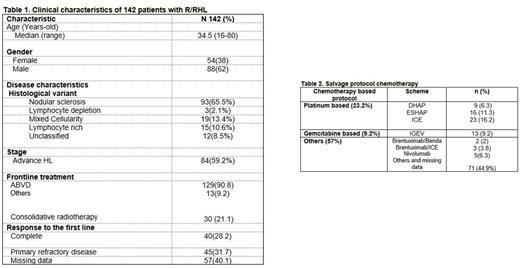Abstract
Alana von Glasenapp, MD1. Luis Villela,MD2,3,4. Henry Idrobo,MD5. Perla Colunga, MD6. Fernando Perez-Jacobo, MD7. Arianna Robles-Rodriguez, MD8. Rosa Oliday Rios, MD9. Diego Fernando Garces Paz, MD10. Denisse Castro Uriol,MD11,12. Sally Paredes, MD 11,12. Brady Beltran Garate, MD11,12. Ana Carolina Oliver Solimano, MD13. Victoria Irigoin, MD14. Alejandro Ospina-Idarraga, MD MSc15,16Humberto Martinez-Cordero, MD MSc15,16.
1Hospital Central Instituto de Prevision Social, Asuncion,Paraguay.
2Universidad Autonoma de Sinaloa Facultad de Medicina, Sinaloa,Mexico.
3Hospital Fernando Ocaranza. ISSSTE, Hermosillo, Sonora Mexico.
4Centro Medico Dr. Ignacio Chavez. ISSSTESON, Hermosillo, Sonora,Mexico.
5Prof. Universidad del Valle,Cali,Colombia.
6Servicio de Hematología, Hospital Universitario, UANL, Monterrey Nuevo León,Mexico.
7Hospital Central Norte PEMEX, Ciudad de México, Mexico.
8Hospital General de Occidente, Servicio hematología, SSA, Guadalajara, Jalisco, Mexico.
9Prof auxiliar Hospital Hermanos Ameijeira. Havanna,Cuba.
10Universidad del Cauca,Colombia.
11Hospital Edgardo Rebagliati Martins, EsSalud, Lima Peru.
12Centro de Medicina de Precisión Universidad San Martin de Porres,Lima, Perú.
13Hospital Britanico y Casmu,Montevideo,Uruguay.
14Casmu y Cosem,Montevideo,Uruguay.
15Instituto Nacional de Cancerologia, Bogota, Colombia.
16Master Program in Epidemiology-Universidad del Bosque, Bogota, Colombia.
On Behalf of GELL (Grupo de estudio Latinoamericano de Linfoma)Background The standard of care (SOC) in first relapse/refractory Hodgkin Lymphoma (r/rHL) is salvage therapy, including high-dose chemotherapy (HDT) followed by autologous stem cell transplantation (ASCT). This treatment approach has been shown to improve event-free survival (EFS), progression-free survival (PFS), and freedom from treatment failure (FFTF) in controlled clinical trials. This study aims to determine the treatment patterns and outcomes of patients with Hodgkin Lymphoma in Latin America.
Materials y Methods Here we present a retrospective international study of patients diagnosed with R/R HL treated at 16 centers in seven countries between 2010 and 2020.
Results We found 142 patients with R/R disease fulfilling the inclusion criteria. Clinical characteristics are shown in table 1. Platinum-based regimens were the most widely used, followed by gemcitabine-based regimens and only 36 patients proceeded with ASCT (25.4%). Patients who ultimately did undergo ASCT had the best progression-free survival compared with those who did not. The median progression-free survival for the entire cohort was 17 months (95% CI 8.2-25.7). Progression-free survival for those patients who underwent ASCT was 40 months (95% CI 28-52), and for those who did not proceed to ASCT, it was only 12 months (95% CI 8-16). In the multivariate analysis, the only independent predictor of better survival was having proceeded with the transplant HR: 0.393 p= 0.030 (95% CI 0.17 -0.91).
Conclusion Our retrospective study showed that access to ASCT is limited in Latin America, and the survival is lower than reported in the literature. The ASCT is essential for achieving a potential cure in R / RHL patients with the chemotherapy-sensitive disease. Health systems must guarantee access to transplantation for all patients who are candidates for this therapy.
Disclosures
Oliver:Abbvie: Membership on an entity's Board of Directors or advisory committees, Speakers Bureau; Agencia Nacional De Investigacion e innovacion: Research Funding; Janssen: Speakers Bureau; Nolver: Membership on an entity's Board of Directors or advisory committees; Roche: Speakers Bureau.
Author notes
Asterisk with author names denotes non-ASH members.


